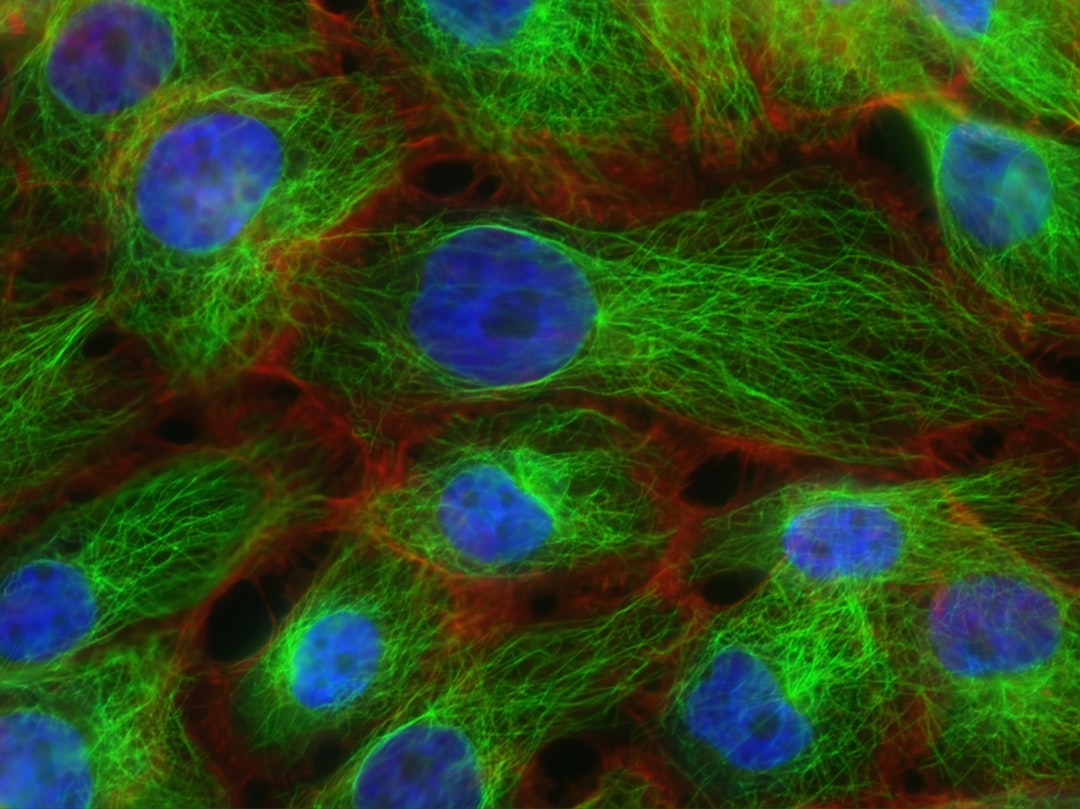What is it about?
This study investigated the biodegradation of AZ31B alloy cerebral carotid artery stents passivated with hydrofluoric acid. We can describe the study under three main headings. First, we examined the in-vitro degradation behaviour of passivated az31b alloy stents and the resistance of nerve cells to some metal ions such as magnesium aluminium. The information obtained here was then compared with in-vitro and in-vivo results to determine the factors affecting cell death. It was also used to estimate in-vivo cell death. The second part observed direct contact of degradation products with nerve cells. In the last part of the study, these stents were implanted in pigs, and the regime of ion concentration in blood and brain fluid values of pigs was examined. At the same time, the stents were disassembled and examined under the electron microscope for the effect of degradation on the structural integrity of the stents.
Featured Image

Photo by Victor on Unsplash
Why is it important?
Tests of biodegradable magnesium alloys are promising. Biodegradable stents are preferred over non-biodegradable metals because they do not require further operations after the operation. First, however, it is crucial to understand the damage these degradation products can cause to nerve cells, especially in the carotid artery.
Read the Original
This page is a summary of: Biosafety and biodegradation studies of
AZ31B
magnesium alloy carotid artery stent in vitro and in vivo, Journal of Biomedical Materials Research Part B Applied Biomaterials, July 2021, Wiley,
DOI: 10.1002/jbm.b.34907.
You can read the full text:
Contributors
The following have contributed to this page










